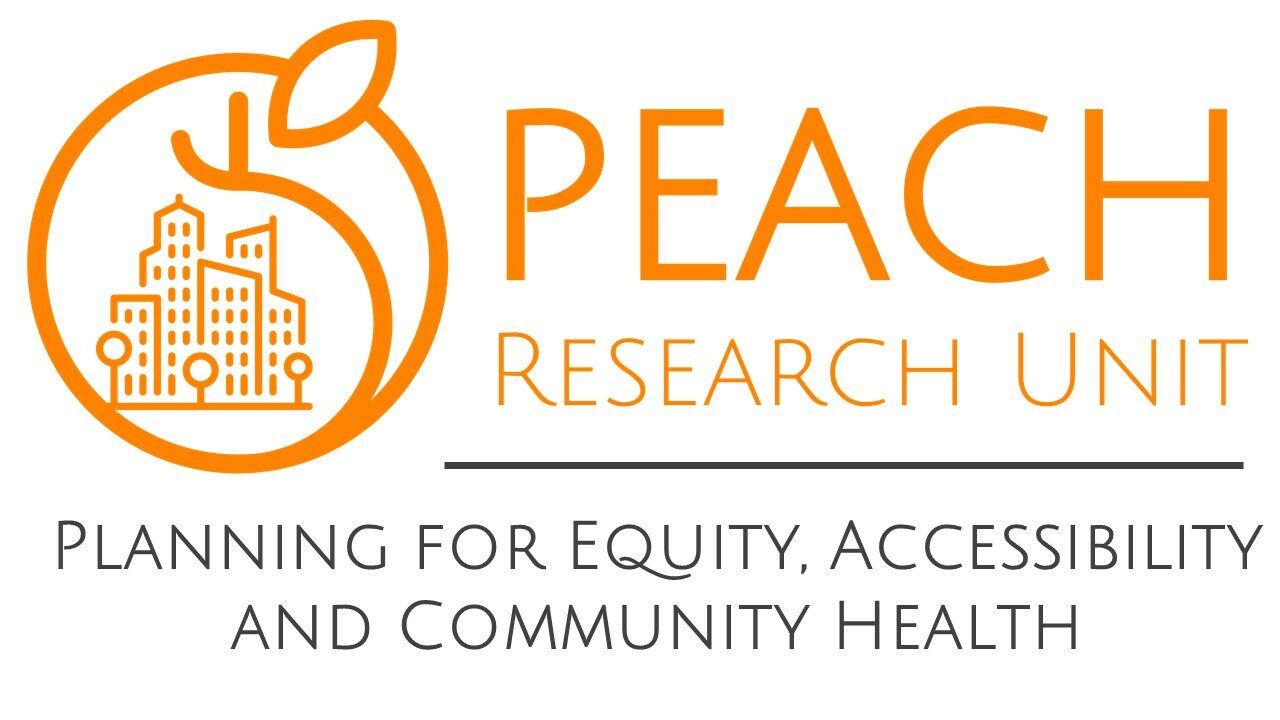Housing Affordability

The provision of affordable housing is a critical component of facilitating healthy communities. Affordable housing is defined by the Canada Mortgage and Housing Corporation as shelter costing less than 30% of a household’s before-tax income1. People who are overburdened by high shelter costs are more likely to experience negative health effects, such as stress, inadequate nutrition due to lack of access to healthy food, and neglected medical conditions.
According to the 2018 Canadian Housing Survey, people who report lower rates of life satisfaction and poor health are more likely to be living in unaffordable or inadequate housing than those who report higher rates of life satisfaction and good health2. Our housing affordability indicator is measured as a percentage of the neighbourhood population that pays 30% or more for shelter costs. Thus, the higher the percentage, the less affordable the shelter costs are in a neighbourhood. This data was obtained through the 2016 Census (Statistics Canada).
1. Canadian Mortgage and Housing Corporation (CMHC) (2018, March 31). About Affordable Housing in Canada. https://www.cmhc-schl.gc.ca/en/developing-and-renovating/develop-new-affordable-housing/programs-and-information/about-affordable-housing-in-canada
2. Claveau, J. (2020, October 2). The Canadian Housing Survey, 2018: Core housing need of renter households living in social and affordable housing. Statistics Canada. https://www150.statcan.gc.ca/n1/pub/75f0002m/75f0002m2020003-eng.htm
